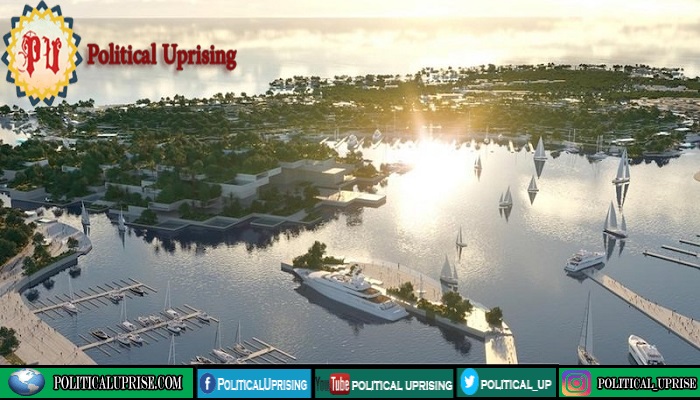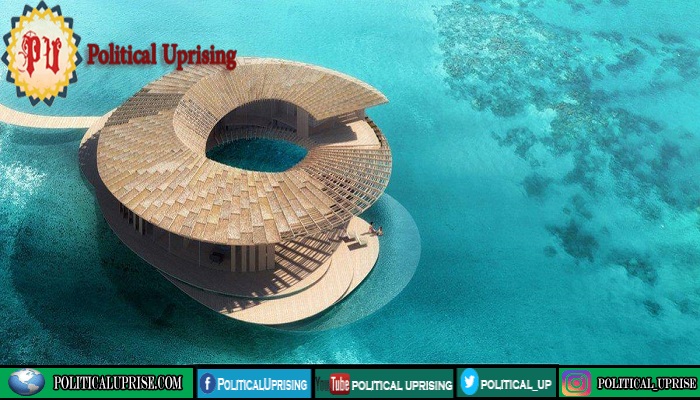Saudi Arabia has announced first phase of Red Sea project that will see the establishment of 16 luxury hotels, two resorts, an international airport.
The first phase of Red Sea project will includes leisure facilities and service and logistic amenities, the developer announced on Sunday.
The Red Sea Development Company said that the world’s most impressive and exhilarating tourism and hospitality project will set new benchmarks in sustainable development, thereby contributing significantly to positioning Saudi Arabia on the global tourism map.
Announced by Saudi Crown Prince Mohammed Bin Salman in 2017, the project is strategically located at Tabuk province’s shores of the Red Sea, particularly between the cities of Umluj and Al Wajh.
Saudi Arabia passport is most improved of decade
The project will see the development of unspoiled offshore islands between the two cities, offering visitors a diverse array of seamless personalised experiences.
Spreading across 28,000 kilometres of islands, beaches, desert, mountains and volcano areas, the mega eco-friendly project will help reduce carbon footprint and waste production. It will allow visitors to explore the wonders, rich cultural heritage, and natural treasures of the Kingdom’s Red Sea coast.

The first phase is expected to be completed by 2022 when 3,000 hotel rooms will be constructed along with the airport, marinas, and leisure and modern lifestyle facilities offering a unique travel experience.
The mega project, which is expected to increase the Saudi GDP by $5.86 billion per year upon completion, will attract one million visitors every year and create 70,000 new jobs.
The project is on track to welcome its first visitors by the end of 2022. Work is already underway at the destination with the development of key supporting infrastructure and accommodation for the workforce and company employees deployed to manage construction.
Saudi Arabia to launch world largest camel hospital
Upon complete completion in 2030, the destination will deliver up to 8,000 hotel rooms across 22 islands and six inland sites. The annual number of visitors will be carefully managed to avoid over-tourism and ensure that every guest enjoys a uniquely memorable experience.



